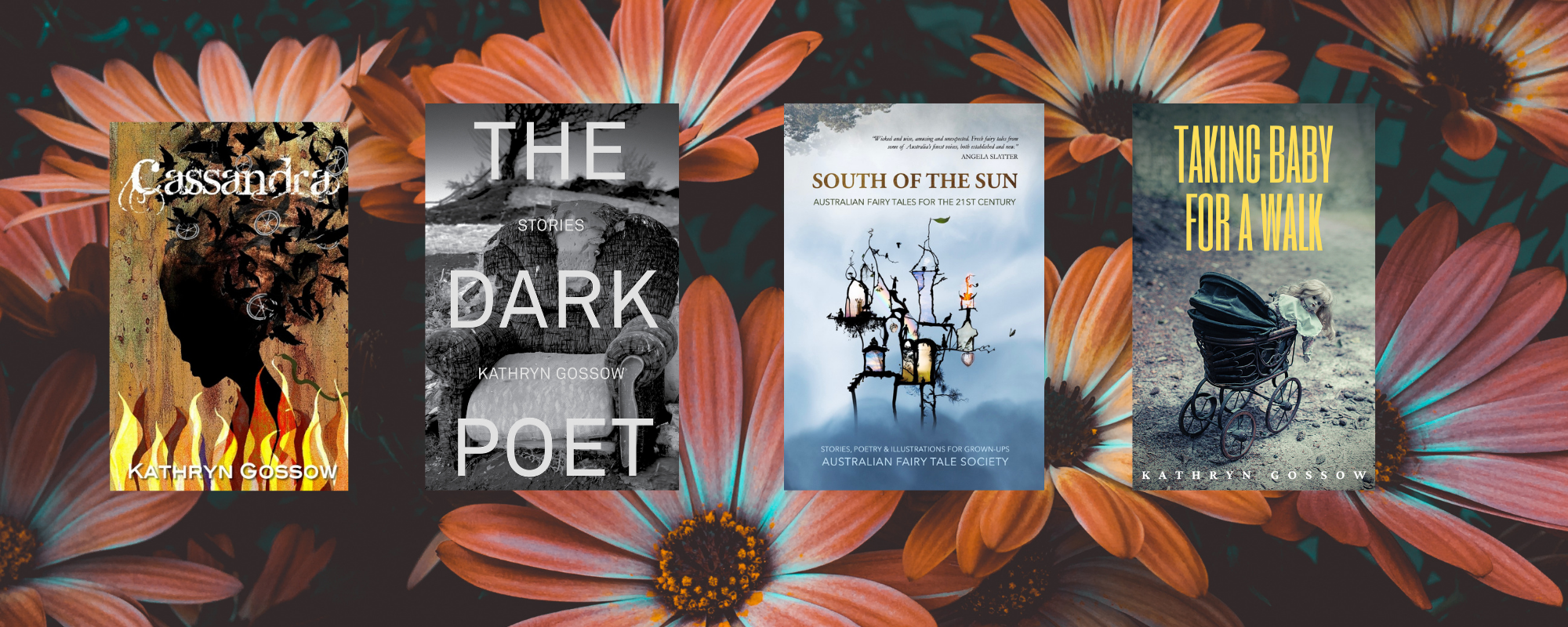
After Kafka on the Shore was released, Haruki Murakami‘s publishers offered readers the opportunity to ask the author questions about the book – like what on earth does it all mean? There were 8000 questions and he answered 1200 of them (which is no mean feat in itself!). Murakami says “Kafka on the Shore contains several riddles, but there aren’t any solutions provided. Instead several of these riddles combine, and through their interaction the possibility of a solution takes shape. And the form this solution takes will be different for each reader. To put it another way, the riddles function as part of the solution. It’s hard to explain, but that’s the kind of novel I set out to write.”
Well, that clears everything up! Kafka says the key to understanding the novel is to read it multiple times. I am not opposed to re-reading a novel for the love of untangling multiple meanings. However, as much as I like Kafka on the Shore, I don’t feel inclined to re-read it.
I was surprised that Pocket Bookclub liked this book, as they are not lovers of the fantastical, but magical realism seems to work for us all.
Kafka – not his real name but a nod to the author Franz Kafka – runs away from home on his fifteenth birthday to escape his Oedpidal complex. If you are not familiar with Freud, this is the bizarre notion that a boy-child will hate his father and want to have sex with his mother. I never did understand Freud. But the complex is named for the myth of Oedipus who unknowingly murders his father and marries his mother proving, as Greek myths like to, that you can’t escape your fate. Fate is on Kafka’s mind as he leaves home.
“Sometimes fate is like a small sandstorm that keeps changing directions. You change direction but the sandstorm chases you. You turn again, but the storm adjusts. Over and over you play this out, like some ominous dance with death just before dawn.”
Kafka on the Shore, Haruki Murakami
Kafka is searching for his missing mother and sister and lands in a small obscure library. Alongside Kafka’s story is that of Nakata. Nakata can’t read but he does talk to cats and for a fee, will find missing cats. It turns out a cat can be intelligent, addled or an abstract concept. His cat hunting leads him into a trap and the novel just gets stranger and stranger, though at this point you do understand the connection between Kafka and Nakata. Nakata is like a blank slate wiped clean by a mysterious event in the forest in WWII.
“Nakata’s empty inside… Do you know what it means to be completely empty? Being empty is like a vacant house. An unlocked, vacant house. Anybody can come in, anytime they want. That’s what scares me the most”
Kafka on the Shore, Haruki Murakami
At this point, I was carried along by the story. It is easy to read and a page-turner, even if it does give you whiplash. Murakami has a matter-of-fact style to his prose and lingers over day-to-day details and his sex scenes feel like how-to manuals. And yet, the novel is deeply philosophical in its themes and within the wandering minds of the characters and during their conversations.
Kafka on the Shore explores the muddy waters between the unconscious and the conscious mind and has the logic of a dream. The novel says the introspective journey of self-discovery is a labyrinth, fraught with dangers. The idea I will take with me from this novel is passed to me by Oshima, Kafka’s friend and ally.
“It was the ancient Mesopotamians. They pulled out animal intestines—sometimes human intestines, I expect—and used the shape to predict the future…So the prototype for labyrinths is, in a word, guts. Which means that the principle for the labyrinth is inside you. And that correlates to the labyrinth outside.”
Kafka on the Shore, Haruki Murakami
Murakami’s first novel, Hear the Wind Song, was published in 1979 and Kafka on the Shore was translated from Japanese in 2005. His most recent novel, The City with its Uncertain Walls was published in 2023. If you like the unusual, I suggest you seek him out.
There is an odd antagonist in the novel, Johnnie Walker and he is the inspiration for our cunttail for the night. I am not sure what we named it – Johnnie’s Nightmare? Of course, it includes Johnnie Walker and we added some orange liqueur and secret ingredients.

The Pocket Bookclub raged against a book of literary cocktails that only included quotes from men. We embarked on a cunttail project, inventing a cunttail for every book we read in 2022. We made a literary cunttail book! What’s wrong with the word cunt? Nothing
Literary Cunttails 2022 is hand-drawn by Miriama and includes every recipe. Get a free copy.
